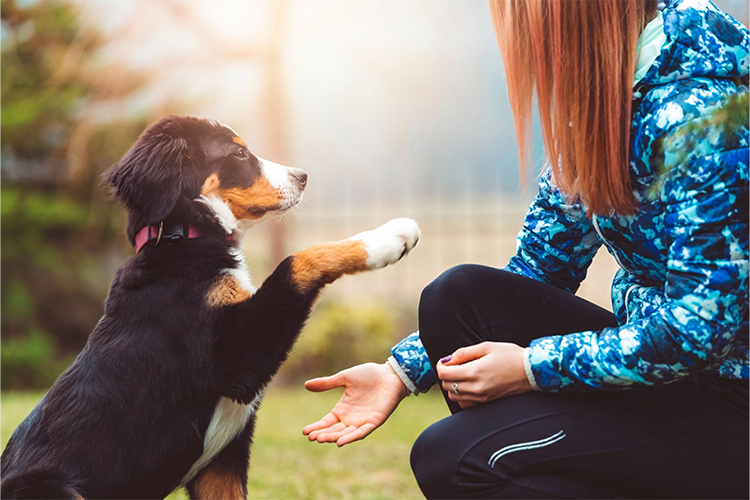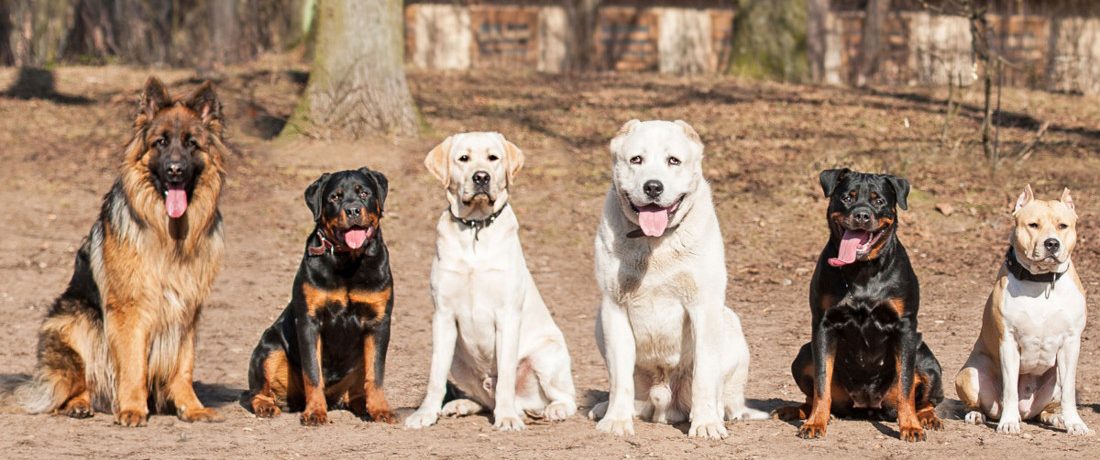Essential Tips for Successful Dog Training: A Guide for Pet Owners
Efficient pet dog training is a diverse process that calls for a critical technique customized to both the animal's temperament and the proprietor's purposes. Secret components such as establishing consistent commands, employing positive reinforcement, and helping with very early socialization play critical roles in fostering a well-adjusted canine friend. Lots of family pet proprietors run into difficulties that can impede progression, leading to frustration and unpredictability. Understanding how to navigate these obstacles can significantly enhance the training experience, ultimately changing the connection between owner and pet. What are the necessary approaches that can be utilized to make certain success in this undertaking?
Recognizing Canine Behavior
Understanding dog habits is necessary for reliable training and fostering an unified relationship between dogs and their proprietors. dog training. Dogs connect mostly via body language, articulations, and activities, making it essential for proprietors to analyze these signals accurately.

Socializing plays a considerable function in pet dog habits; exposure to numerous atmospheres, individuals, and other animals can dramatically affect a canine's character. Furthermore, aspects such as breed features and private temperament need to guide training methods, as some breeds might have certain behavior attributes that require customized methods. By comprehending these elements, proprietors can create a helpful atmosphere that urges positive actions, resulting in effective training outcomes and a much deeper bond with their family pets.
Establishing Regular Commands
Efficient communication with your pet begins with developing constant commands. This fundamental aspect of training is vital for fostering understanding between you and your pet. Consistency in the commands you make use of ensures that your canine can dependably link particular words or expressions with the wanted habits.
When choosing commands, select clear, distinct words that are simple to distinguish and state from one another. Stay clear of utilizing similar-sounding commands that might confuse your dog. Using "sit" and "remain" is proper, however "sit" and "hit" can lead to misconceptions.
Additionally, keep the same tone and volume for every command. Pet dogs are delicate to vocal cues, so varying your tone can produce confusion.
It is similarly vital to guarantee that all relative are on the same web page pertaining to the commands utilized. A united front in command usage will certainly protect against mixed signals and enhance the knowing process.
Positive Support Strategies
The power of favorable support in canine training exists in its capacity to motivate preferred habits through incentives and appreciation. This technique is based in the concept that actions adhered to by desirable outcomes are more probable to be duplicated. By including positive support into your training program, you can successfully shape your pet dog's actions in a constructive manner.
To implement positive reinforcement, it's necessary to identify what inspires your dog, whether it be deals with, toys, or spoken appreciation. When your canine does a wanted activity, such as sitting on command, quickly compensate them with a reward or love. This organization between the command and the positive end result reinforces their understanding.
It's important to timing the benefits properly; providing the support within seconds of the preferred behavior aids your dog make the connection (dog training). Additionally, consistency is key-- make sure that all family members use the very same commands and reward systems to avoid confusion

Gradually, you can minimize the regularity of treats as your canine finds out the behavior, transitioning to praise or intermittent incentives. This method not just promotes a solid bond between you and your dog yet also promotes a favorable understanding setting, making training a pleasurable experience for both.
Socialization and Communication
Continually subjecting your pet dog to a variety of atmospheres, people, and various other pets is crucial for their social development. Socializing needs to start early, ideally during the essential window of 3 to 14 weeks, when pups are most receptive to new experiences. Older canines can likewise benefit from ongoing socialization initiatives.
Present your pet to various setups, such as parks, pet-friendly shops, and city areas. This direct exposure aids them adjust to various stimuli, decreasing stress and anxiety and anxiety actions. Urge positive interactions with various other dogs and people, guaranteeing that these encounters are risk-free and regulated to cultivate confidence.
Utilize organized playdates with well-mannered dogs, as this can enhance your dog's social abilities and teach them suitable behavior. Obedience courses and training sessions additionally give superb chances for socializing, pop over to these guys enabling your canine to engage with others in a supervised setting.
Screen your pet's body movement during interactions, as this will certainly assist you assess their comfort degree. Gradually boost exposure to even more challenging situations while making certain that each experience declares. A well-socialized canine is more probable to exhibit balanced habits, making them a joy to have in any type of setting.
Addressing Typical Training Difficulties
Every pet owner will certainly come across training obstacles eventually, go to these guys no matter their pet's age or socialization level. Identifying common concerns such as stubbornness, interruptions, and terror can assist in developing reliable strategies for enhancement.

Distractions throughout training sessions can derail focus. To fight this, begin training in a quiet environment with very little stimuli. Progressively introduce distractions as the pet becomes much more efficient in commands. Short, frequent training sessions are likewise effective in keeping interest.
Fearfulness can impede a pet dog's understanding procedure. Gradual desensitization to the resource of concern, coupled with positive reinforcement, can aid relieve anxiety. Patience is important; never ever require a dog right into a scenario that triggers distress, as this might exacerbate the problem.
Ultimately, understanding and attending to these typical difficulties with a structured strategy will certainly promote a much more productive training experience, enhancing the bond in between pet and proprietor while promoting reliable discovering.
Final Thought
In recap, effective canine training counts on a detailed understanding of canine behavior, the establishment of regular commands, and the application of positive support strategies. Socializing plays a critical function in creating well-adjusted pet dogs, while dealing with typical training challenges calls for perseverance and adaptability. By implementing these vital strategies, animal owners can promote a solid bond with their pets review and promote desirable actions, ultimately bring about a harmonious connection in between human beings and their canine friends.
Understanding dog actions is necessary for reliable training and fostering an unified partnership in between dogs and their owners.Socializing plays a considerable role in canine behavior; exposure to numerous environments, people, and other animals can dramatically influence a pet's character.The power of positive support in dog training exists in its capacity to motivate desired actions via benefits and appreciation. By incorporating favorable support into your training regimen, you can successfully form your pet dog's behavior in a positive manner.
In recap, effective pet dog training counts on a comprehensive understanding of canine behavior, the establishment of regular commands, and the application of positive reinforcement methods.